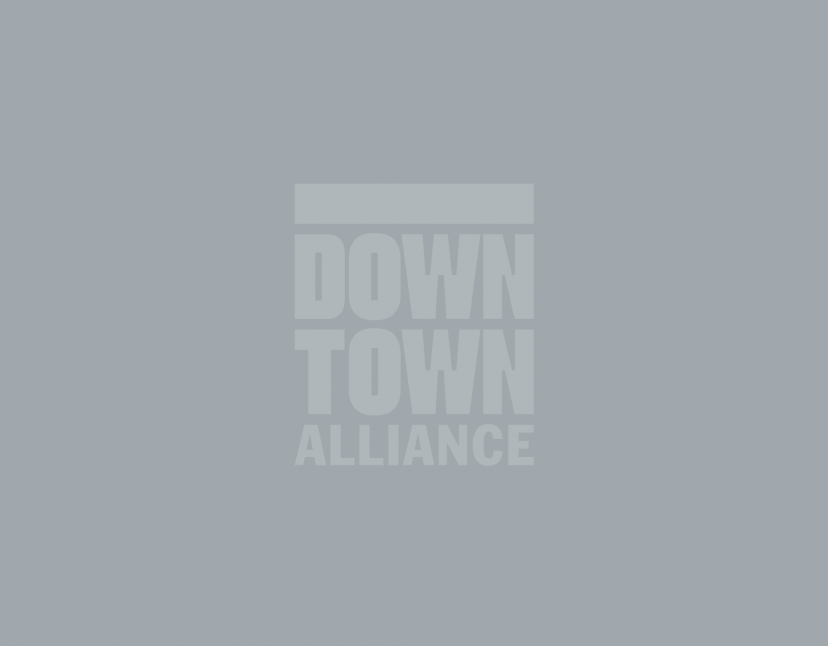Testimony For NYC Department of Information Technology & Telecommunications (DOITT) Hearing

Good afternoon. I’m Jeremy Schneider, the Chief Technology Officer for the Alliance for Downtown New York. Thank you very much for allowing me to speak here today.
We are the business improvement district for Lower Manhattan, south of Chambers Street. Our mission is to provide service, advocacy, research and information to advance Lower Manhattan as a global model of a 21st century Central Business District for businesses, residents and visitors.
We have long believed in the importance and wide-ranging benefits of free public access to wireless connectivity.
In 2003, we launched a free, public Wi-Fi initiative that was the city’s most extensive at the time. From the beginning of the program through 2010, we had more than 270,000 connections to our network. But that level of use was just the beginning. Over the last two years alone, we have seen almost 500,000 connections.
One reason for this growth is our recent partnership with the EDC to expand our WiFi network in Lower Manhattan along Water Street between Whitehall and Fulton Streets, on nearby side streets, and along the East River waterfront and piers. We were very fortunate to be able to take advantage of this opportunity, and I believe it is a great example of how a public-private partnership can benefit everyone. In the last 24 hours, more than 2,700 people connected to our Water Street Wireless Corridor.
The demand to stay connected to high-speed, efficient networks is growing fast and is a pillar of our social and economic lives. Whether you are a worker moving from the curb to your cube, a visitor needing to stay in touch back home, or a resident on your way to the market checking on which store has the best deal — connectivity is an essential tool.
Altogether, our network provides 1.2 million square feet — or more than 27 acres — of free coverage. This now includes 18 parks and open spaces where free WiFi is available, and more locations are on the way.
Last month, we began working on another Free Wireless Corridor in Lower Manhattan. This one will extend along Broadway between City Hall Park and Bowling Green.
As the demand for this utility grows, we are delighted to hear about the administration’s commitment to expand access to free public WiFi, whether it means using existing telecommunications infrastructure, including pay phones, or other city property.
As we look at possibilities that are both promising and extensive, there are a few important points to consider:
First, with any WiFi network, the work doesn’t end with the network’s completion. There are repairs and maintenance and recurring annual expenses. It’s important for any free Wi-Fi service to remain dependable and reliable long after the installation and launch.
Second, and perhaps most important, as the city considers making this commitment, I believe it is important to consult everyone who already provides free public WiFi, whether public or private. The city should look at what’s already in place and come up with a rational plan that may involve existing networks, in order to achieve optimum coverage and operational efficiency.
As the city works through this process, the Downtown Alliance will continue to provide and expand free public WiFi in Lower Manhattan. As we grow our connectivity, it would be enormously advantageous to us to be able to use city property — such as light poles, signal poles and utility poles — to provide free WiFi. Traditionally, we have paid for the WiFi equipment, installation, maintenance and Internet service, while obtaining permission from various property owners. Though I fully appreciate the rationale behind the city’s telecommunication franchise fees, I believe that anyone offering a free public amenity without making a profit should be exempted from those fees. This would significantly reduce operating costs and enhance and accelerate our ability to provide free WiFi. It would, of course, also greatly benefit the residents, workers and visitors in Lower Manhattan.
This is a very exciting time. Right now, we have a phenomenal opportunity. I hope we can work together to help all New Yorkers get connected and make citywide free WiFi a reality.
Thank you very much.